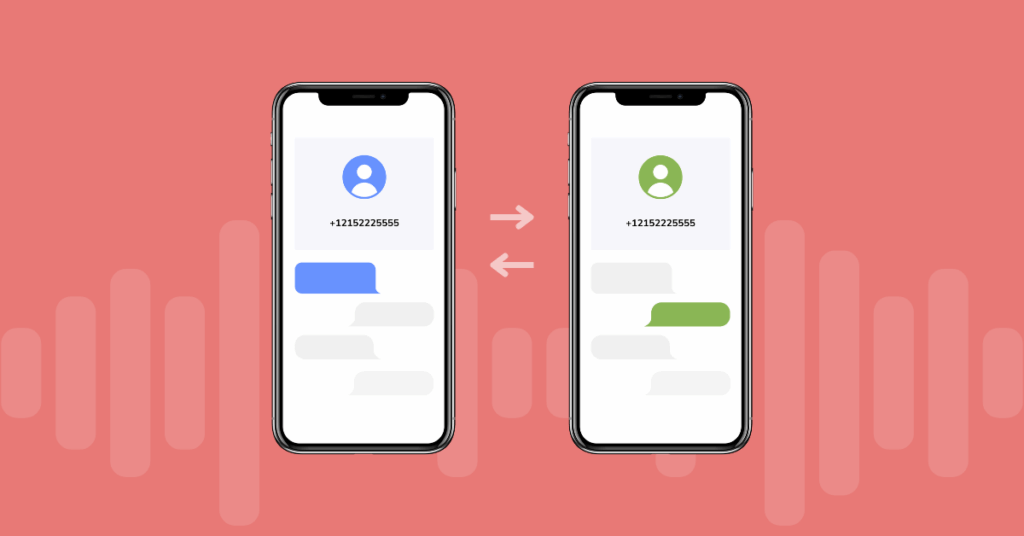
Table of contents
VoIP has come a long way from its humble beginnings as an obscure technology of interest only to technophiles and geeks. What started as an experimental technology in the 90s has now become the de facto standard for voice calling in many countries and industries. Consumer and enterprise VoIP has been steadily increasing at the expense of traditional PSTN phone calls. In fact, most of the phone networks in the United States already relies on VoIP switches even though it is not known to many people or advertised by the operators.
In the beginning, VoIP lacked any common standard or protocol and most people could only call their friends on the same network. Competing services were not interoperable in a meaningful manner until SIP came along. Now most consumers do not have to think about which platform they are using when it comes to making calls on VoIP. The proliferation of SIP compatible hardware in the enterprise sector has led to the same situation there as well.
Growth in the VoIP industry has been phenomenal over the last five years in practically every industrialized nation. The number of available vendors is increasing at a steady clip in order to meet rising demand from businesses and consumers. Some countries are even going so far as to discuss cutoff dates for the PSTN networks so that operators can concentrate solely on VoIP going forward.
Now that we know when VoIP is at presently, it brings us to the question of where it is going to go. As always, predicting the future is a tough call when it comes to technology as there are simply too many variables to consider. However we can get a rough idea about future scenarios from recent trends and market research.
VoIP Will Become the De Facto Standard
This is perhaps a foregone conclusion to even the average person, let alone experts and industry analysts. Although it can be difficult to predict the exact year when it will happen, VoIP is sure to replace the PSTN as the sole network for voice calling at some point over the next couple of decades. It may take some more time in Asia and Africa as compared to North America and Europe but it will get there nevertheless. It is simply too expensive for operators to continue to maintain two disparate and distinct networks that serve the same purpose.
Before that can happen however, the underlying infrastructure has to improved by leaps and bounds in order to support VoIP. Even today, there are many areas in the United States where people do not have access to high-speed Internet or sufficient capacity to handle voice calling. Additionally some functions such as emergency calling are still being rolled out on VoIP networks. It means that VoIP cannot yet be considered to be as mature as the PSTN in certain areas such as emergency or disaster management.
Future of VoIP Industry – Mobile
Beginning with the launch of the iPhone in 2007, the mobile landscape has changed significantly over the last decade. Most people now rely on their cell phones and data plans instead of the traditional landline. The mobile VoIP apps allow users to make calls over their data connections instead of using the precious minutes included in their plans. Additionally data plans have not only become extremely cheap but also significantly faster than ever before.
Even within the enterprise context, mobile VoIP apps are playing a big role in enabling telecommuting and work from home opportunities for employees. Mobile devices are an important part of any enterprise portfolio especially when it comes to executives or employees will need to travel a lot for their work. Whether it is BYOD or work issued phones, mobile is here to stay in enterprise VoIP.
VoIP and WebRTC
No one could have imagined the influence WebRTC would have on the technology landscape when Google first introduced it to the world in 2011. It’s now the future of VoIP industry technologies. Now most major browsers support the protocol or are in the process of doing so. Many people are still not sure if WebRTC will emerge as a competitor to VoIP or as a partner. Most likely, WebRTC will allow enterprises to extend voice calling into areas where VoIP has traditionally struggled. Already many companies are starting to demonstrate practical applications such as instant calling from websites or live video support for customers.
Regulation and Security
Many countries are still not sure how to regulate VoIP – should it be treated on par with the PSTN or is it more similar to the Internet? National and even international bodies will soon have to decide how to deal with the future of VoIP industry. Additional concerns for enterprises and consumers include privacy and security. However these areas are more hazy and few are even aware of the right questions to ask, let alone start searching for answers. In rapidly growing industries such as VoIP, the only sure thing is that there will always be something new on the horizon.
More from the blog
Want to improve your business communication?
Unlock enterprise-class call center power at affordable prices – no hardware, no delays, no surprises!






